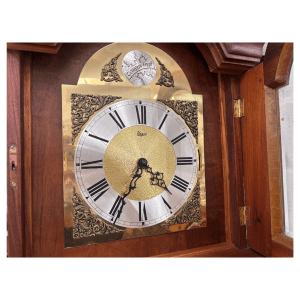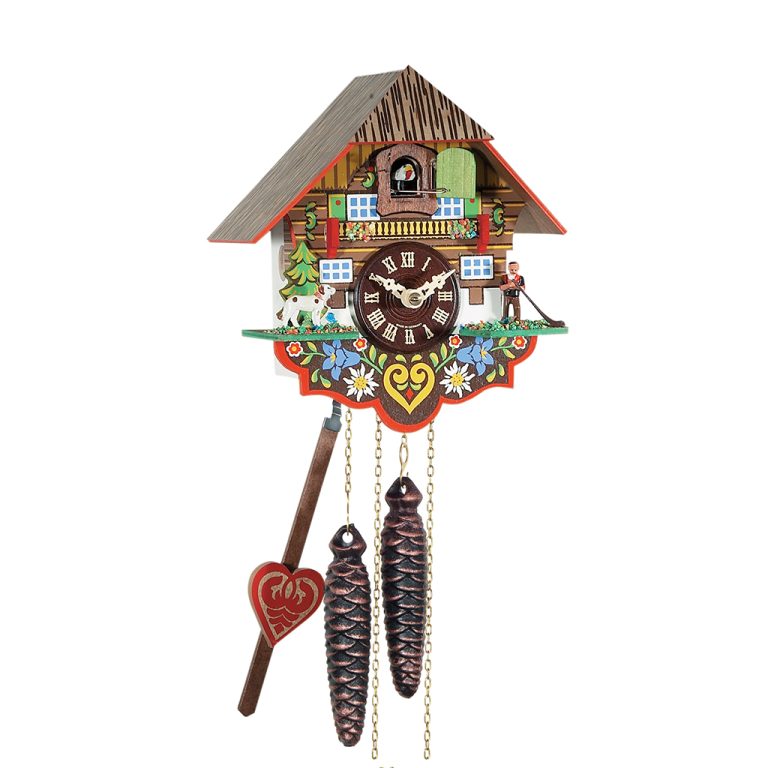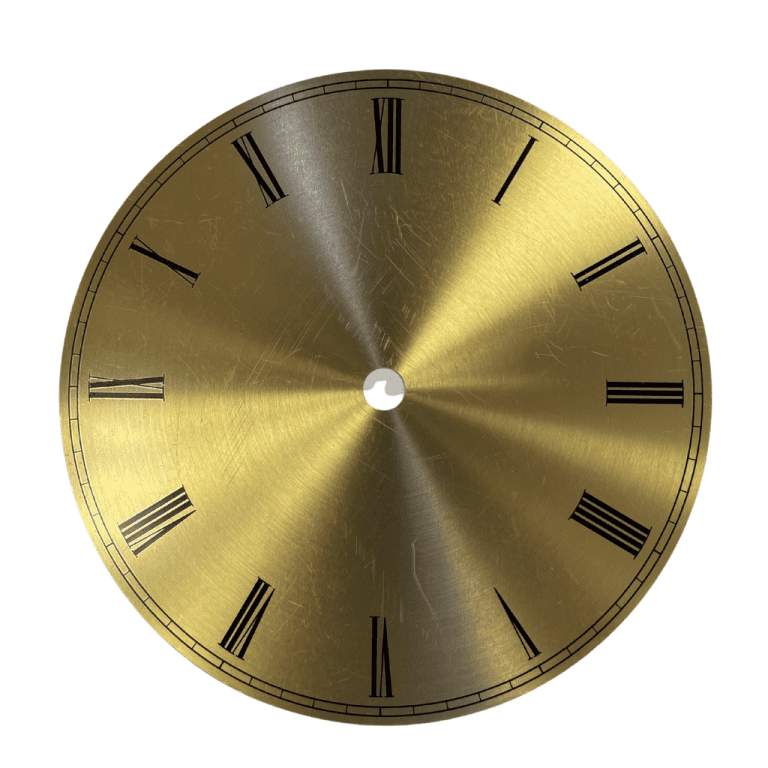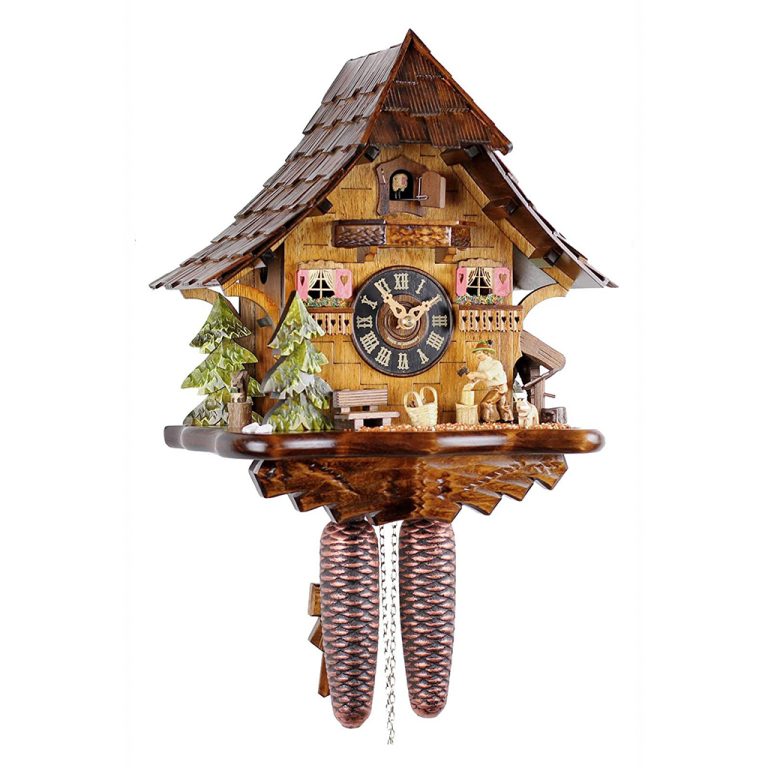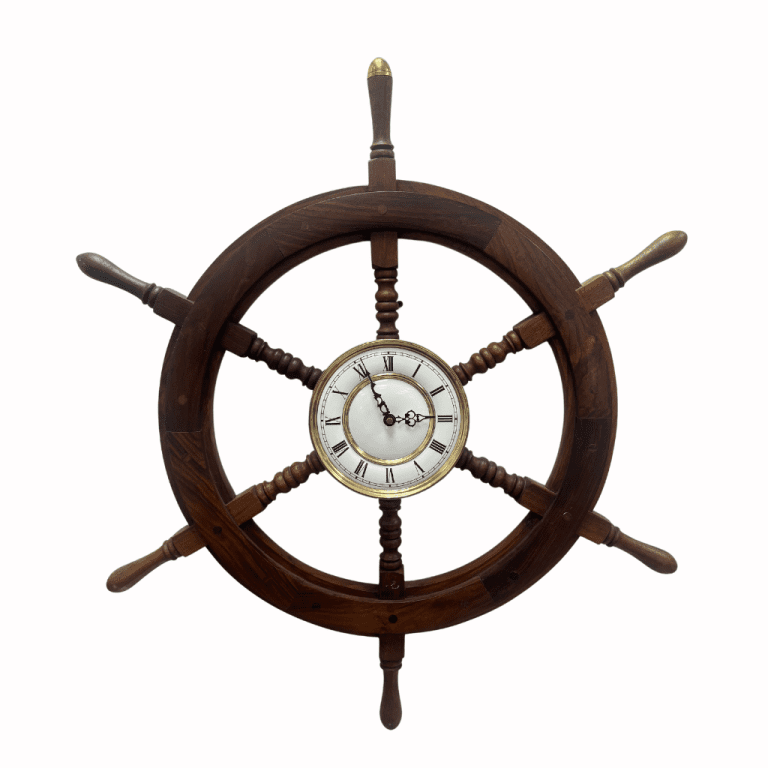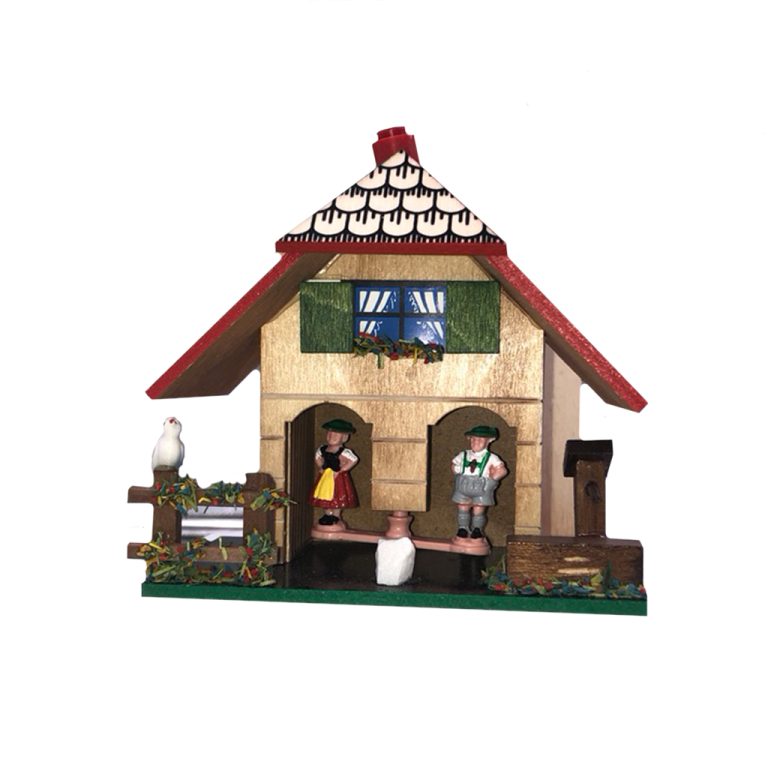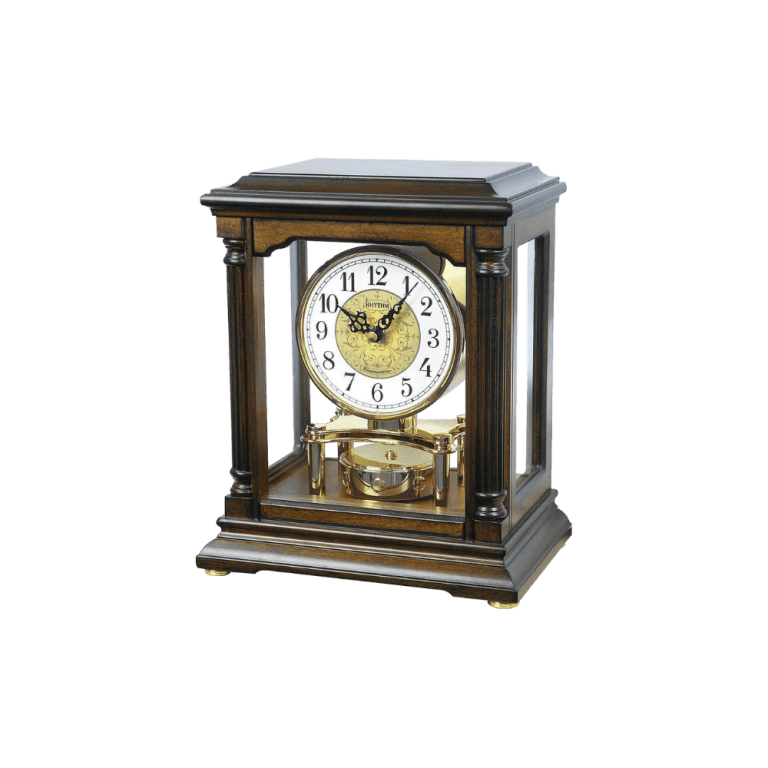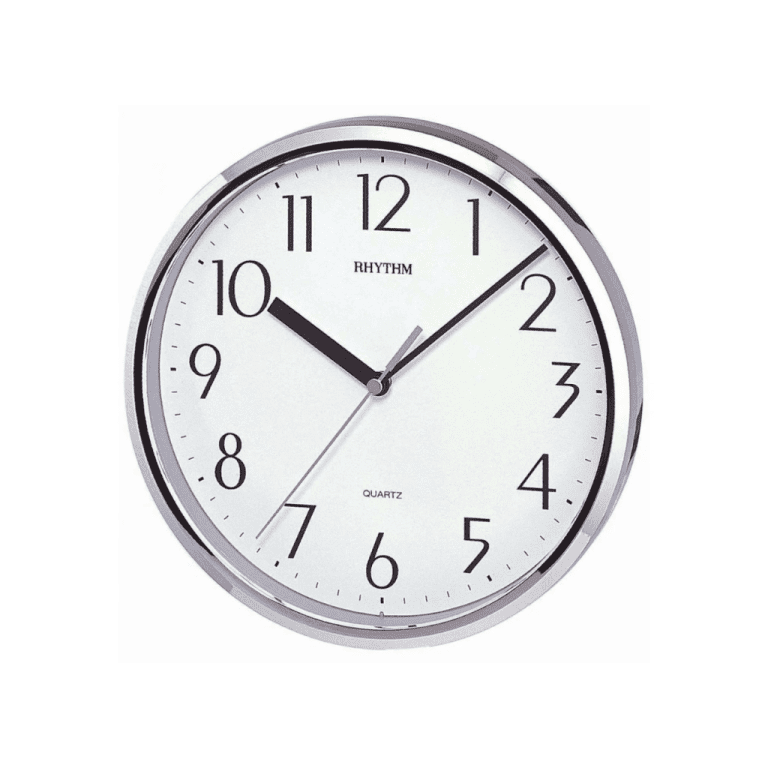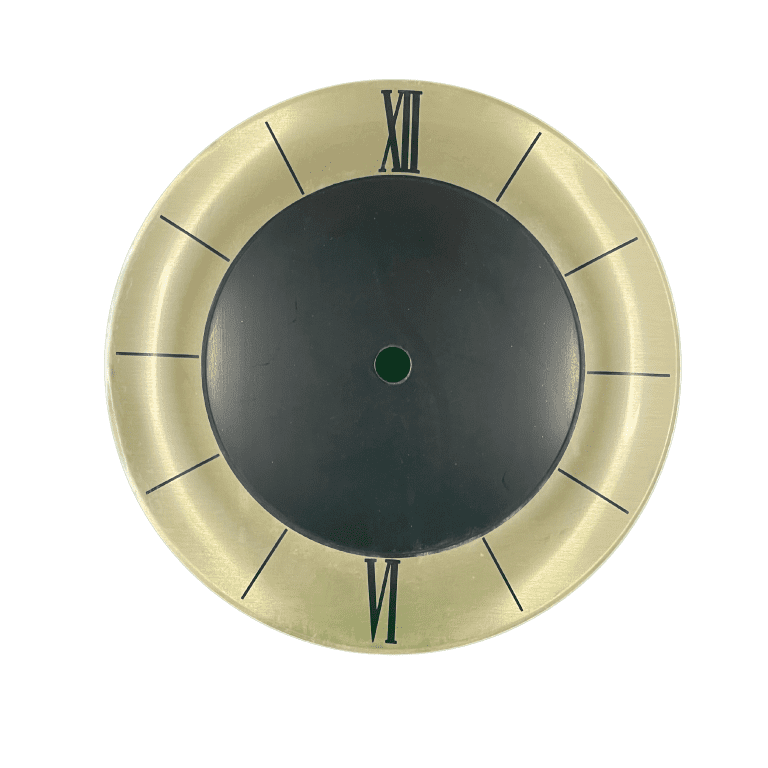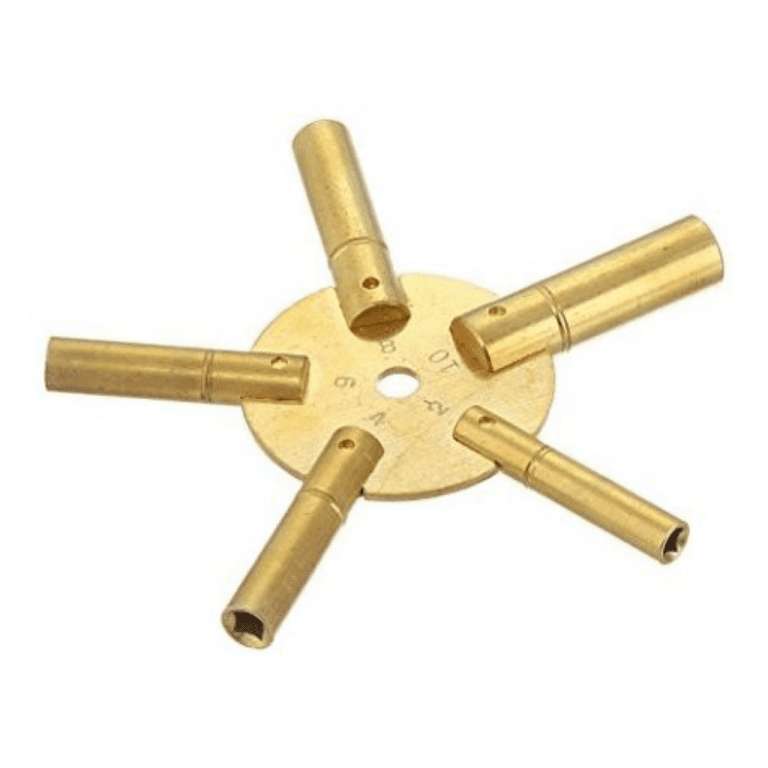Telling time is an important life-skill to have and is something all parents should teach their kids. Telling time allows you to look at an analog clock and know what time of the day you are at, and when you need to be at certain appointments.
Even though we have a technologically-dominant culture, we still use analog clocks. Doctors offices, dentists, classrooms, teachers and most houses have an analog clock somewhere on the wall.
In this article, we will be discussing the importance of telling time, why it’s an important life skill, and how you can teach telling time to your kids in an easy and effective way.
Why is it important to learn telling time?
Learning how to tell the time is an important skill. It means your child not only practises their time-telling skills, but they also have a chance to further practice their multiplication of fives and tens, place value, addition to sixty, and many other foundational concepts.
Telling time is sometimes deemed “too hard” and may mean students are left behind to rely on digital time only (as available on phones, digital watches and computers). Often, students don’t understand the minutes and hours and are unable to comprehend analog clocks altogether.
Teaching time consists of a few important factors.
Firstly, your child must understand what numbers are, and how to use them. They must be comfortable enough to know the value of each number, if it is laid out in a row from biggest to smallest (like most number figures are e.g 547 meaning there are 5 hundreds, 4 tens and 7 units) when the number is by itself (60 meaning there are 6 tens) and when numbers are laid out in a pattern such as a circle (as shown in the clock face).
Then, you must have a way to teach telling time in a simple, coherent way. Many kids often get overwhelmed with this concept because there are too many things going on at once. How do you explain that there are 5 minutes between each hour on the clock (when talking about minutes) but also 1 hour between each hour (when talking about hours) at the same time?
And how do you explain that when the hour hand is close to the nearest hour, the actual time is the hour beforehand? For example, when the minute hand of the clock is closest to 3pm, the time may actually be 2.45pm.
How do you explain the difference between the daytime hours and the night-time hours? How can you show your kids that one full rotation of the clock face is 12 hours, and then it repeats again for the night-time, but the whole 2 rotations of the clock face actually only equal 1 day?
It’s all too confusing and overwhelming!
How do you teach your kids telling time?
Telling time can be taught in an easy and effective way, when you introduce the key elements progressively, and make sure that your student has ever piece needed for understanding – counting, then adding, then multiplying … and teaching minutes and hours separately. This method of telling the time is so fundamental that we teach it in our foundational levels of the Math-U-See program.
So where to start?
Start with understanding Place Value first. When your kids finally get the concept of Place Value, they will succeed in maths all the way to highschool. So many kids across Australia in Grade 8 and Grade 9 are having to go back to our Year 1 level maths to learn Place Value. It’s much easier if you tackle this concept first and make sure your kids have understood it, before moving on.
What does Place Value have to do with telling time?
We caught up with Esther White, Director of Maths Australia to ask this important question. One of our customers in the #AskEsther section wanted to know what Place Value has to do with telling time, and why students particularly struggle with Place Value when learning this concept. Esther explains how to break down the concept of telling time and all it’s pieces into simple, effective steps.
Use specific tools to teach telling time
It’s much easier if you use specific tools to teach your kids how to tell the time. Although you can try and explain the time concept in an abstract way, it fails miserably. Most kids I know can’t tell time accurately to save their lives, and it’s a basic skill that’s sorely lacking in our current society – even though analog clocks are everywhere!
The best way to teach time is in two segments – first, teaching the minutes and secondly, teaching the hours. This makes the concept much more understandable for kids. This is the most effective strategy to tackle this subject, making it easier for you as the parent to teach, and easier for your child to grasp.
Credited to: https://mathsaustralia.com.au/


